Your website design speaks long before you do. It instantly shows who you are, what your brand stands for, and whether visitors should trust you.
Good design isn’t just about looks, it’s about emotion, flow, and clarity. When you ignore simple design rules, you lose visitors before your message even loads.
That’s why staying updated with the latest web design trends matters more than ever. Whether you build, manage, or own websites, keeping an eye on modern web design trends helps you connect better and convert faster.
We analyzed top brand sites and design-award winners to uncover 10 web design trends shaping 2026. Some are clean and simple, others break every rule.
Here’s what’s leading the way.
TL;DR: Quick Summary
Let’s talk about each trend in a little more detail.
Biggest Web Design Trends in 2026
If you’re building or revamping a site, here’s what to keep on your radar:
Immersive and Interactive Web Experiences
Modern web design is about how it feels to interact. Every scroll and click shapes your brand story online.
1. Anti-Design and Raw Creativity
Not every website needs to be neat or perfectly aligned. We’re talking about anti-design and brutalism that break traditional rules to make web design feel human again.
This trend embraces intentional chaos: oversized typography, unpredictable spacing, and asymmetrical grids. When used with purpose, it feels raw, emotional, and refreshingly authentic in a world full of AI-polished templates.
Sites like Studio Job grab attention with rebellious visuals and animated elements that look more alive than coded.
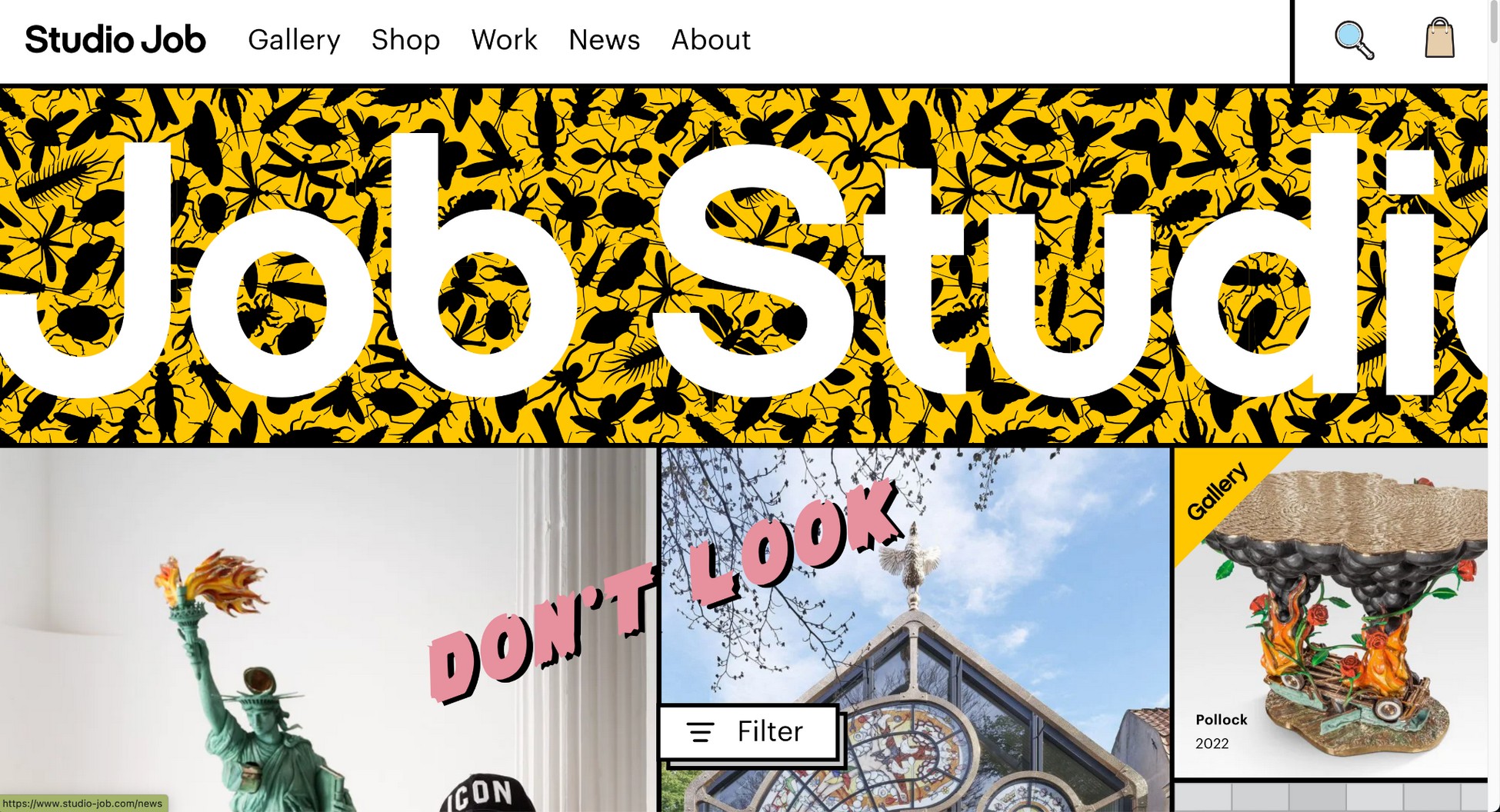
Meanwhile, Bryant Smith’s single-page layout uses bold illustrations and movement to create a visual rhythm that feels spontaneous but still thoughtful.

This is web design as self-expression, bold, creative, and packed with personality.
Pro Tip: Use imperfection to your advantage. Let design quirks tell your story, but keep usability and navigation smooth so visitors stay engaged.
Who can use this: Artists, designers, creative agencies, and lifestyle brands that want to express individuality and stand out with personality.
Pitfalls to avoid:
- Making text or elements unreadable.
- Using clashing visuals that disrupt flow instead of reinforcing it.
Key takeaway: Authentic, imperfect design stands out in an AI-polished world.
2. Experimental Navigation and Scrollytelling
In modern web design trends, navigation itself can tell a story. With interactive and responsive design, scrolling becomes part of the journey.
Websites like Stykovka use an infinite canvas layout where you can zoom, pan, and move sideways across the content.
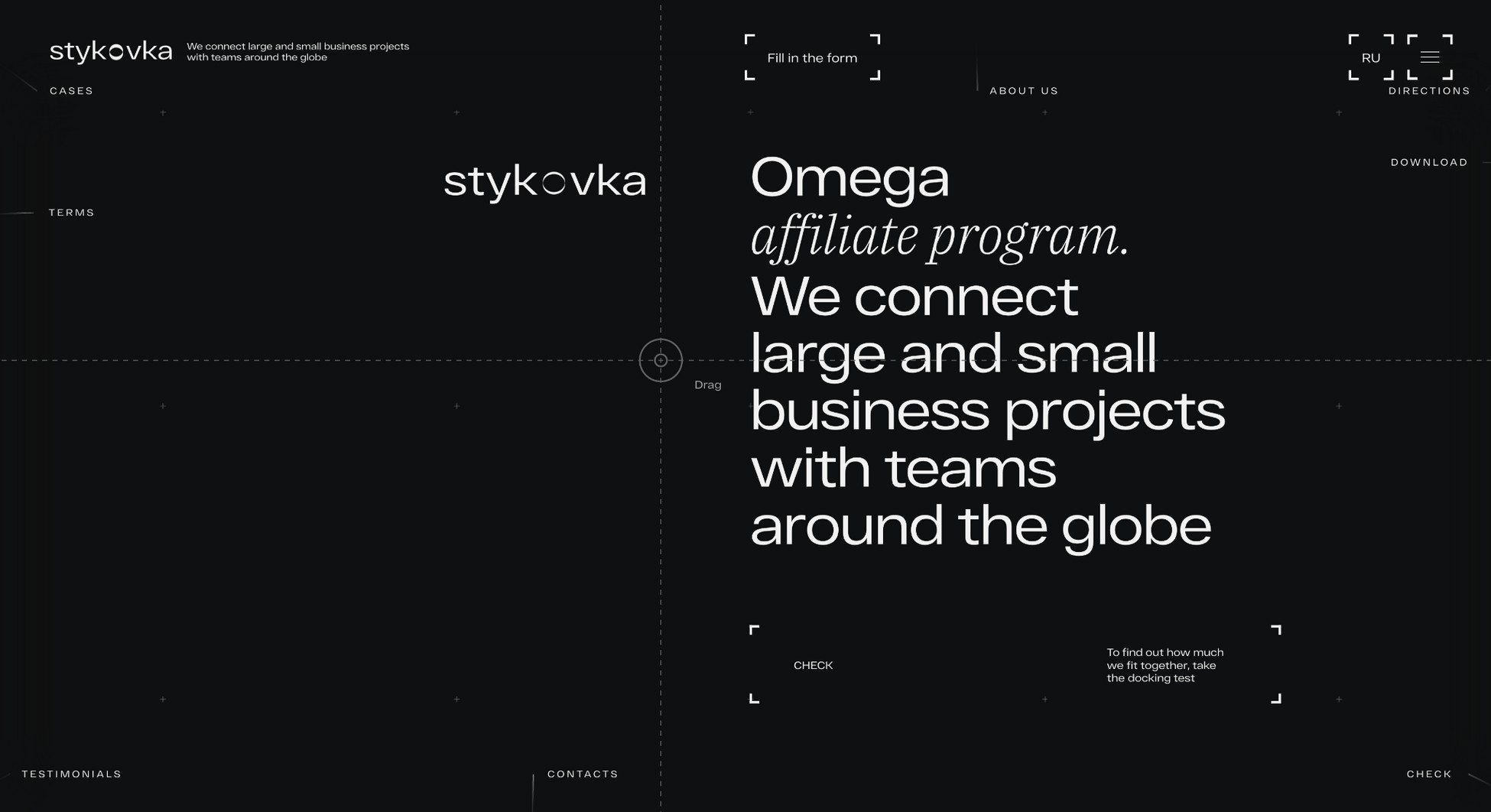
Canal Street Market takes a different approach, folding pages like origami to reveal new layers while staying on a single screen.
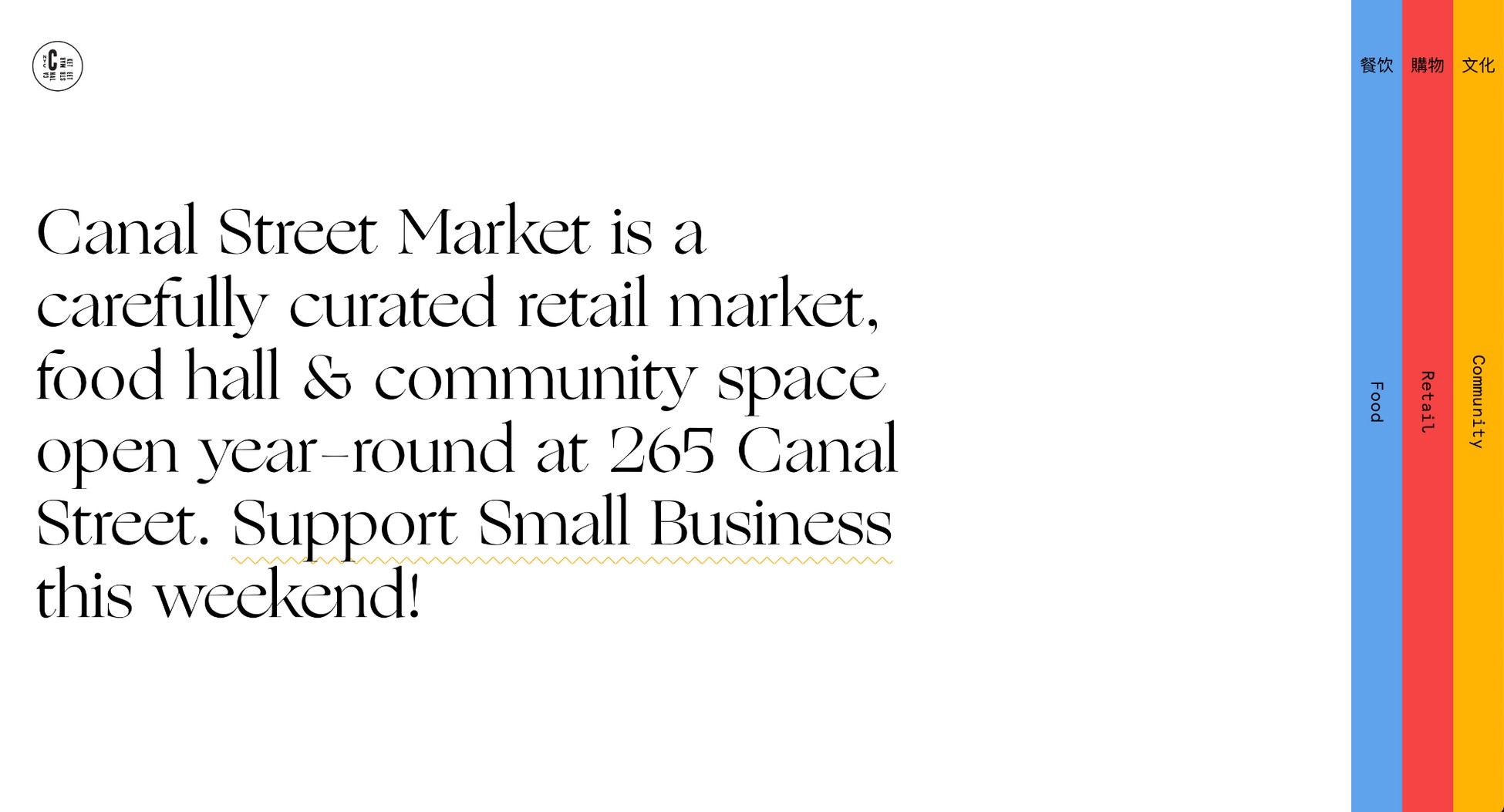
This design technique, known as scrollytelling, blends narrative design and motion to create engaging journeys. It keeps visitors curious and helps them remember your brand identity long after they leave.
Who can use this: Agencies, media publishers, and storytellers who want to build narrative-driven experiences.
Pitfalls to avoid:
- Adding too many animations that slow down performance.
- Designing complex navigation that confuses instead of guiding.
Key takeaway: Turn scrolling into storytelling with fluid, narrative-driven design.
3. Scroll-Triggered Animations
Scroll-triggered animations are turning ordinary pages into interactive web experiences.
They bring rhythm and motion to your site, so every scroll feels like part of the story.
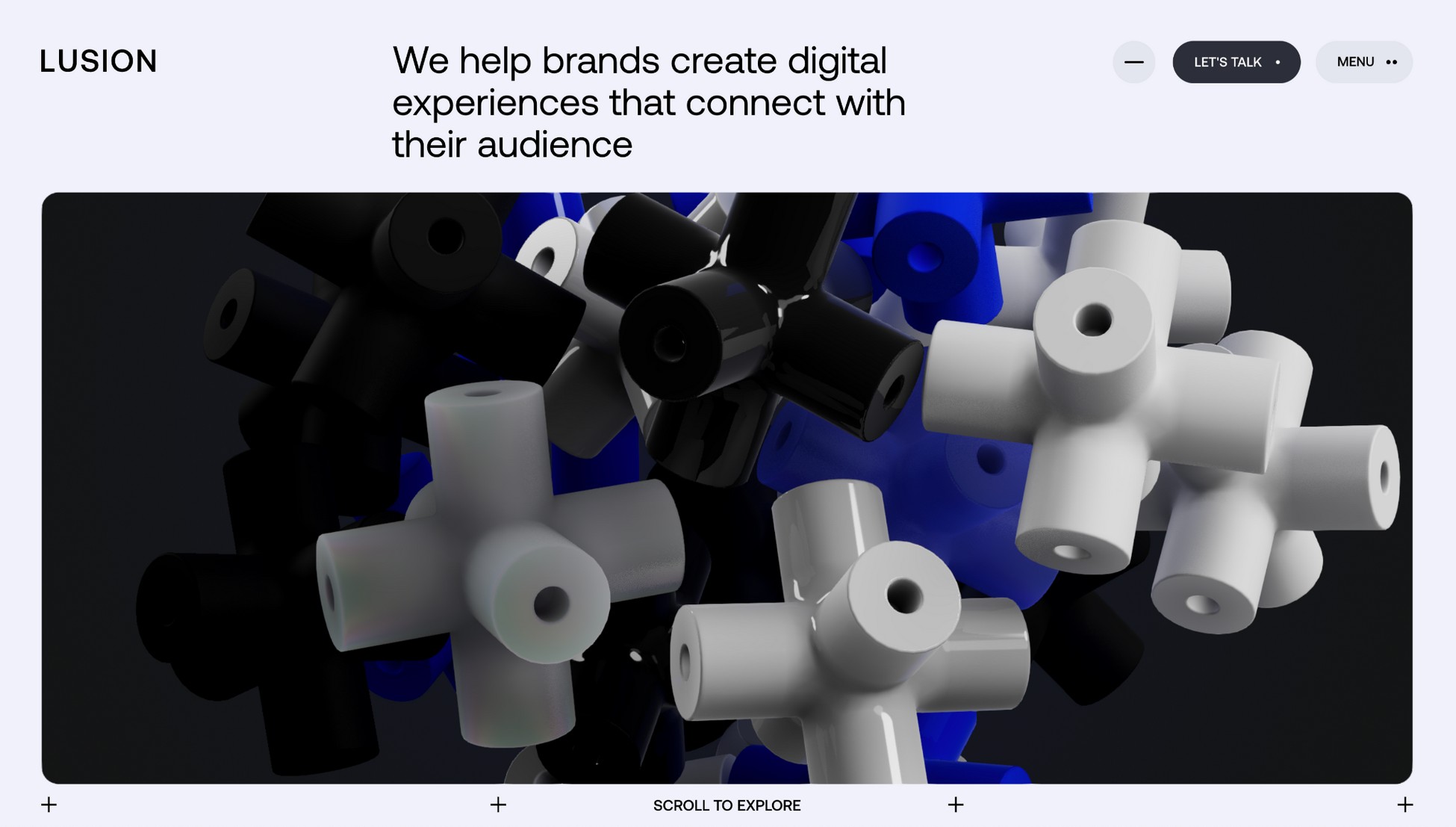
As visitors move through your page, content fades, slides, or shifts in sync with their journey.
Sites like Lusion and Mars Rejects show how smooth motion graphics and responsive web design can merge to create dynamic storytelling that feels alive.

When used thoughtfully, this trend strengthens website UI/UX and visual flow while keeping load speeds fast and accessibility design intact.
Scroll-triggered animations can:
- Highlight important story moments.
- Build a strong visual hierarchy.
- Keep visitors engaged through subtle micro-interaction design.
Pro Tip: Treat your site like a short film. Every scroll should move your story forward, not just decorate the screen.
Who can use this: Creative professionals, agencies, and brands that want to add emotion and energy through immersive web design.
Pitfalls to avoid:
- Using too many animations that slow down your site’s performance optimization.
- Ignoring mobile responsiveness and accessibility for users with slower connections.
Key takeaway: Motion keeps users engaged and makes content feel alive.
These immersive design techniques are perfect if you want your site to make every visit unforgettable.
As websites become more immersive, visuals take on a new role, not just catching attention, but telling your story instantly.
Visual Storytelling and Bold First Impressions
You only get a few seconds to grab attention. This web design trend uses strong visuals, motion, and typography to express personality instantly.
4. Bold and Immersive Hero Sections
For most modern website designs, the hero section has become the star of the show.
The bold hero section design uses fullscreen videos, animated illustrations, or oversized typography to make visitors stop and feel something right away. It’s a visual user journey at its best, blending clarity with emotion.
Take Get Creative, for example. Their site opens with a fullscreen autoplay video paired with bold, confident text: “Create. Data fueled. Idea led. Proven through performance.” It feels cinematic, drawing you in before you even scroll.

Microsoft Surface does it too, using looping videos and clean visuals that highlight innovation without a single extra word.
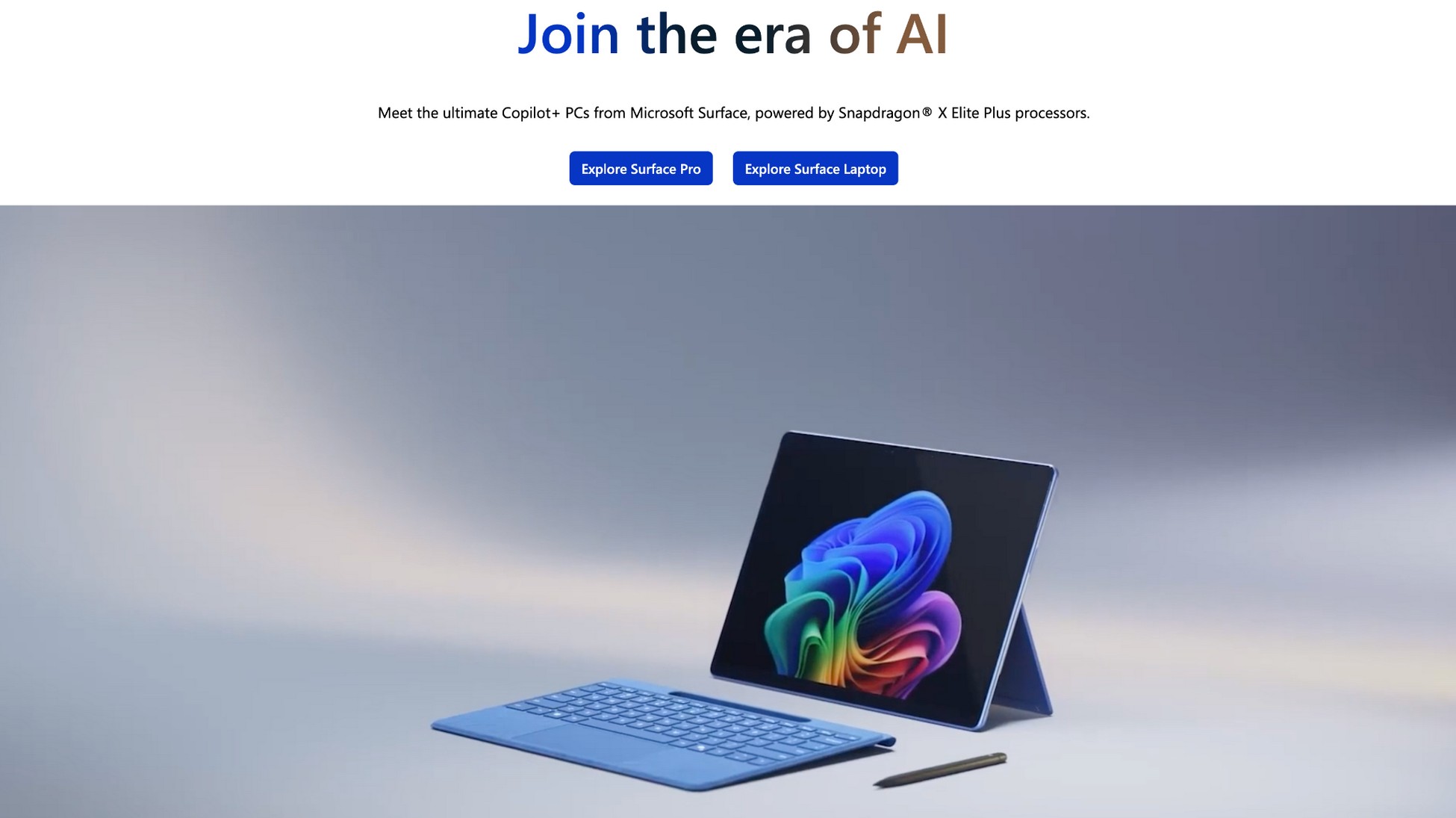
When designed thoughtfully, your hero section can instantly connect with visitors, earn their trust, and make your brand unforgettable.
Pro Tip: Treat your hero section like an elevator pitch. One powerful visual, one strong message, and one clear call to action.
Who can use this: Brands, SaaS companies, and creative agencies that want to make a bold, lasting first impression.
Pitfalls to avoid:
- Overloading the hero area with too much text or multiple CTAs.
- Using large videos without performance optimization. Slow pages kill engagement and SEO.
Key takeaway: A fullscreen hero instantly sets mood and drives conversions.
5. 3D Web Design and Interactive User Experience
Instead of flat pages, your visitors can explore 3D environments where elements move and respond in real time, turning a simple visit into an engaging brand experience.
With faster internet and better browsers, immersive web design is now easier to create and experience.

Take Atmos by Leeroy, where visitors fly through aviation history in a 3D timeline filled with motion and story. Or Savic Motorcycles, which lets you zoom in, spin, and explore their bikes from every angle, creating a product experience that feels tangible.
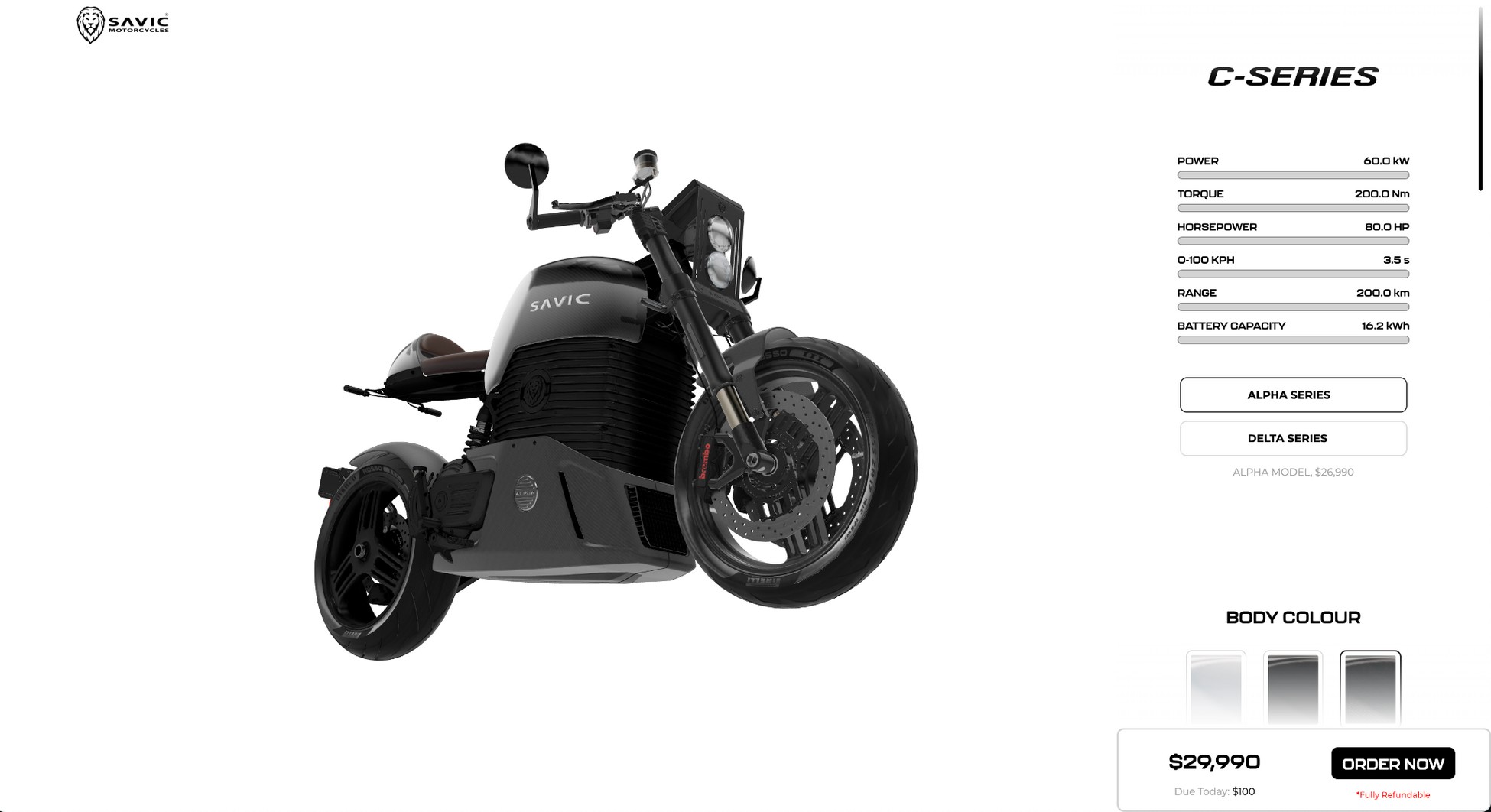
When combined with sound design, smooth transitions, and adaptive design, 3D interfaces transform storytelling into something people can feel, not just see.
Pro Tip: Use 3D to clarify your story, not complicate it. Let movement guide focus and emotion while keeping interactions light and intuitive.
Who can use this: eCommerce stores, tech companies, automotive brands, and creative agencies that want to elevate product experiences or portfolios.
Pitfalls to avoid:
- Heavy 3D files that hurt performance optimization or break on mobile.
- Ignoring responsive design for smaller screens. Every animation should adapt smoothly.
Key takeaway: 3D visuals create experiences that feel tangible and memorable.
6. Expressive Typography and Text-First Web Design Trends
In 2026 web design trends, typography is taking the spotlight. Text is no longer just for reading, it’s becoming a visual experience that shapes how users feel and interact with your content.
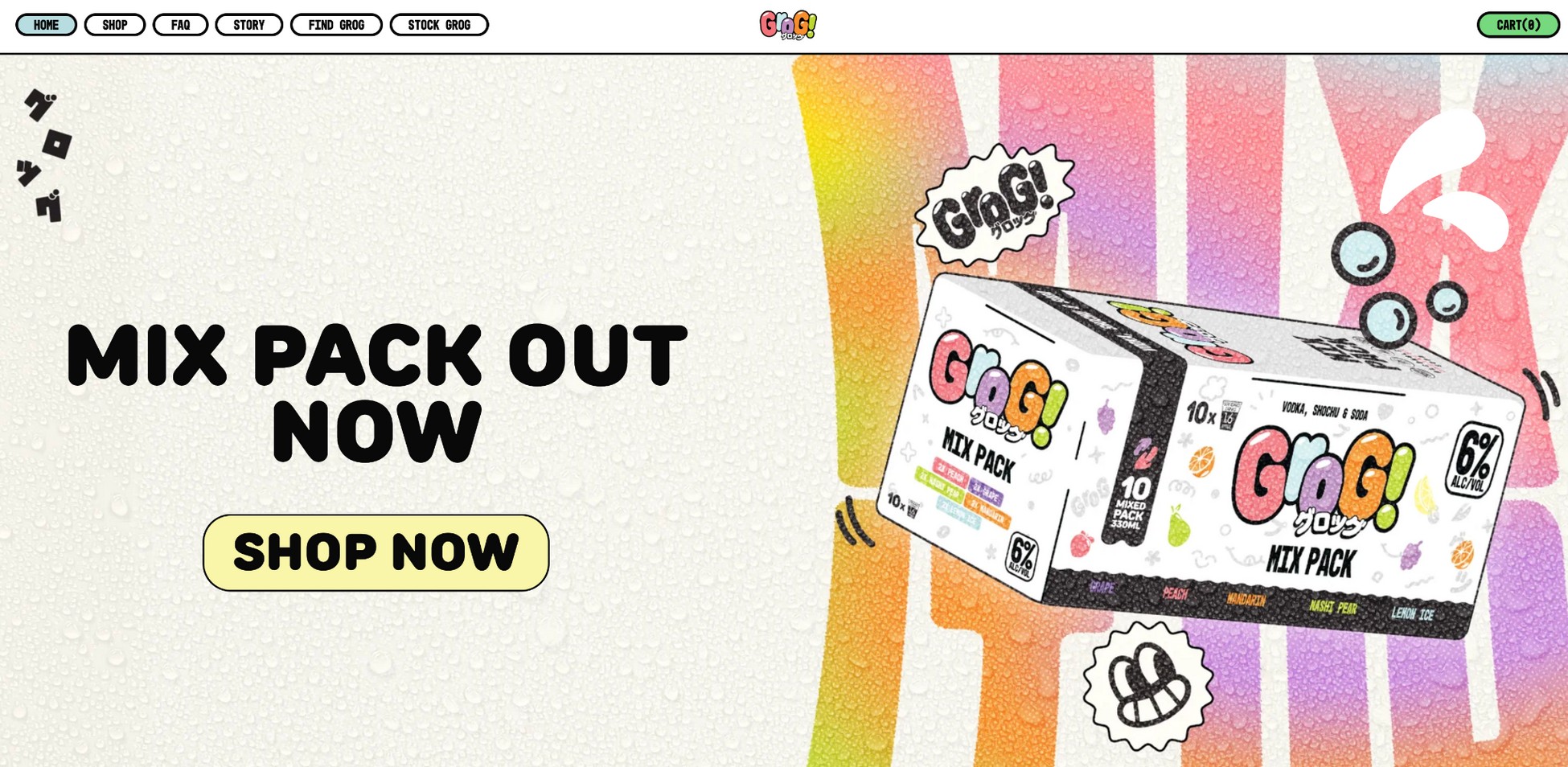
Designers are replacing plain fonts with bold, playful, or animated types that communicate personality.
Websites like Grog.shop and Made by Analogue use sideways motion, oversized letters, and shifting text blocks to build rhythm and emotion. It feels alive, combining minimalism in web design with narration that reflects human creativity.
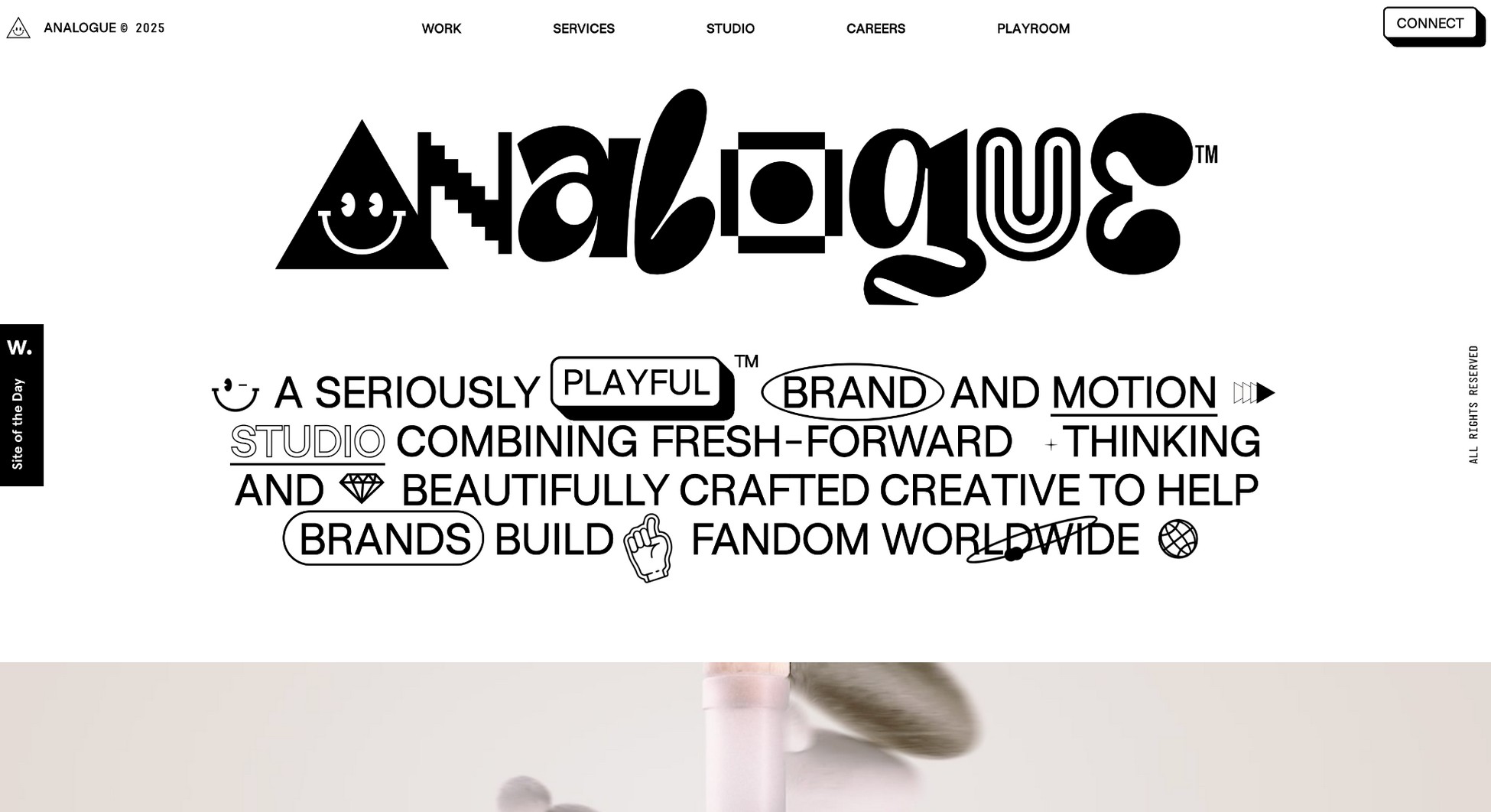
Even AncientDrinks leans into expressive typography by pairing Nordic-style fonts with hover animations that mix simplicity with curiosity. Every word becomes part of the design, guiding visitors through your story.
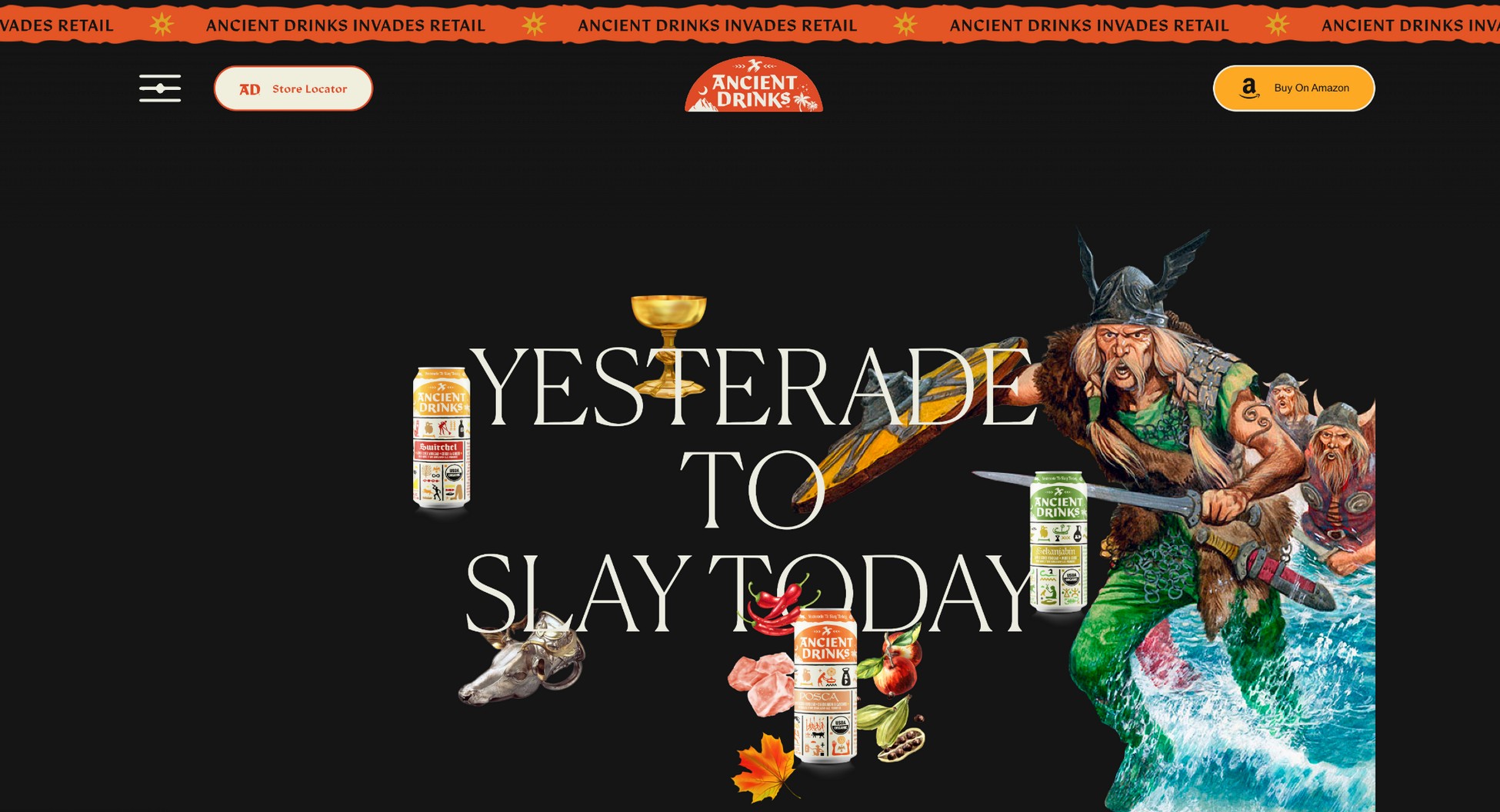
Pro Tip: Treat typography as design, not decoration. Choose fonts that express your tone, reinforce your brand identity, and stay consistent across your site.
Who can use this: Writers, agencies, creative portfolios, and brands that want their message to feel bold and memorable.
Pitfalls to avoid:
- Low contrast or small text that hurts inclusive design.
- Overusing animated or clashing fonts that break readability.
Key takeaway: Let your fonts speak louder than words through bold, expressive type.
These visual storytelling trends help you make a strong first impression. Once you’ve grabbed attention with visuals, the next step is to keep users engaged through seamless, human-centered design.
Functional Aesthetics and Human-Centered Design
Web design in 2026 is about creating experiences that feel smooth, intuitive, and alive.
7. Micro-Interactions in Web Designs
Sometimes, the smallest design touches make the biggest impact.
Micro-interactions, those subtle animations that react when users click, scroll, or hover, have become a hallmark of modern web design trends.
A button that gently bounces or a card that glows on hover may seem simple, but these moments of micro-interaction design add personality and make your website feel responsive and human.
Take Spire’s website, for example. Hovering over a button triggers a soft background shift that feels elegant and intentional.
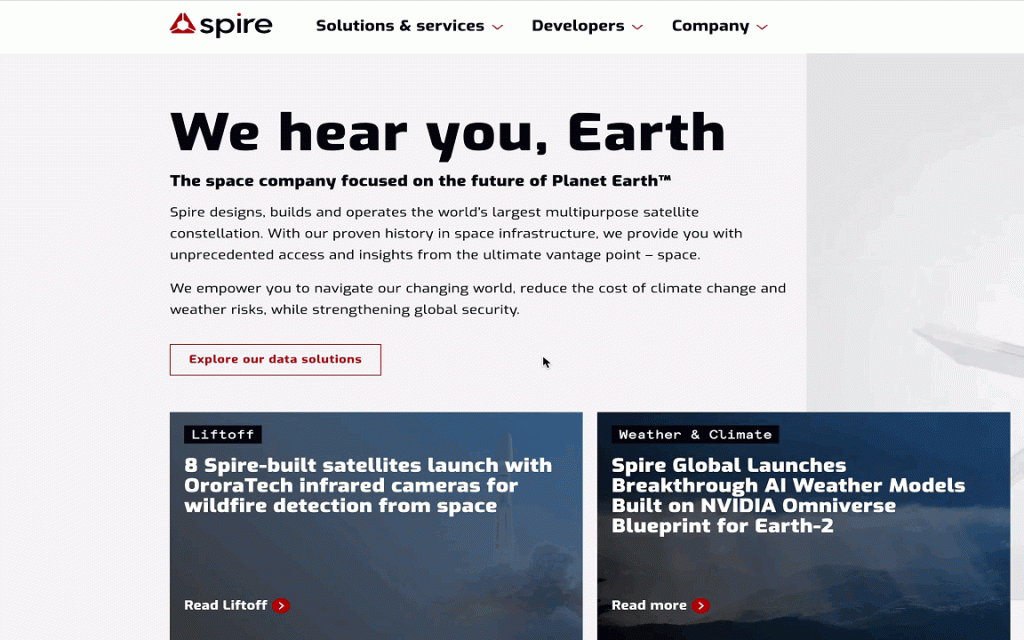
Elive Hotels uses dynamic cursors that move gracefully across the screen, subtly rewarding users for exploring.
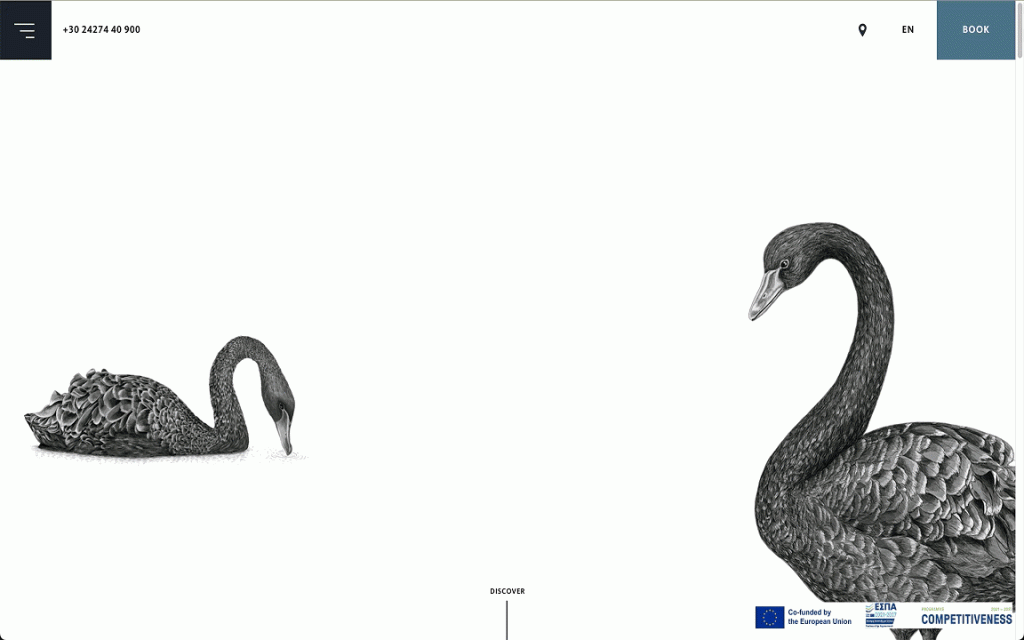
These details do more than decorate, they enhance visitor experience, build trust, and strengthen your brand identity through motion.
Pro Tip: Focus on purposeful animation. Each motion should clarify action or guide attention, not distract.
Who can use this: eCommerce stores, service platforms, and creative portfolios looking to build interactive and mobile-friendly layouts.
Pitfalls to avoid:
- Using too many effects that slow load time or clutter visuals.
- Ignoring accessible user experience sensitive to motion.
Key takeaway: Small animations make websites feel responsive, personal, and intuitive.
8. Bento Grid Interfaces
The Bento grid layout has quickly become one of the most talked-about website design trends, taking cues from Japanese bento boxes and Apple’s modular interface design.
It organizes content into neat, visually balanced tiles, where each block highlights a product, feature, or idea.
This flexible web design approach keeps layouts flexible, easy to read, and visually striking across all devices.

Brands like Givingli use bright, well-spaced tiles to showcase products and celebrations, while Walmart and Urban Outfitters mix large and small tiles to guide the visitor’s focus naturally.
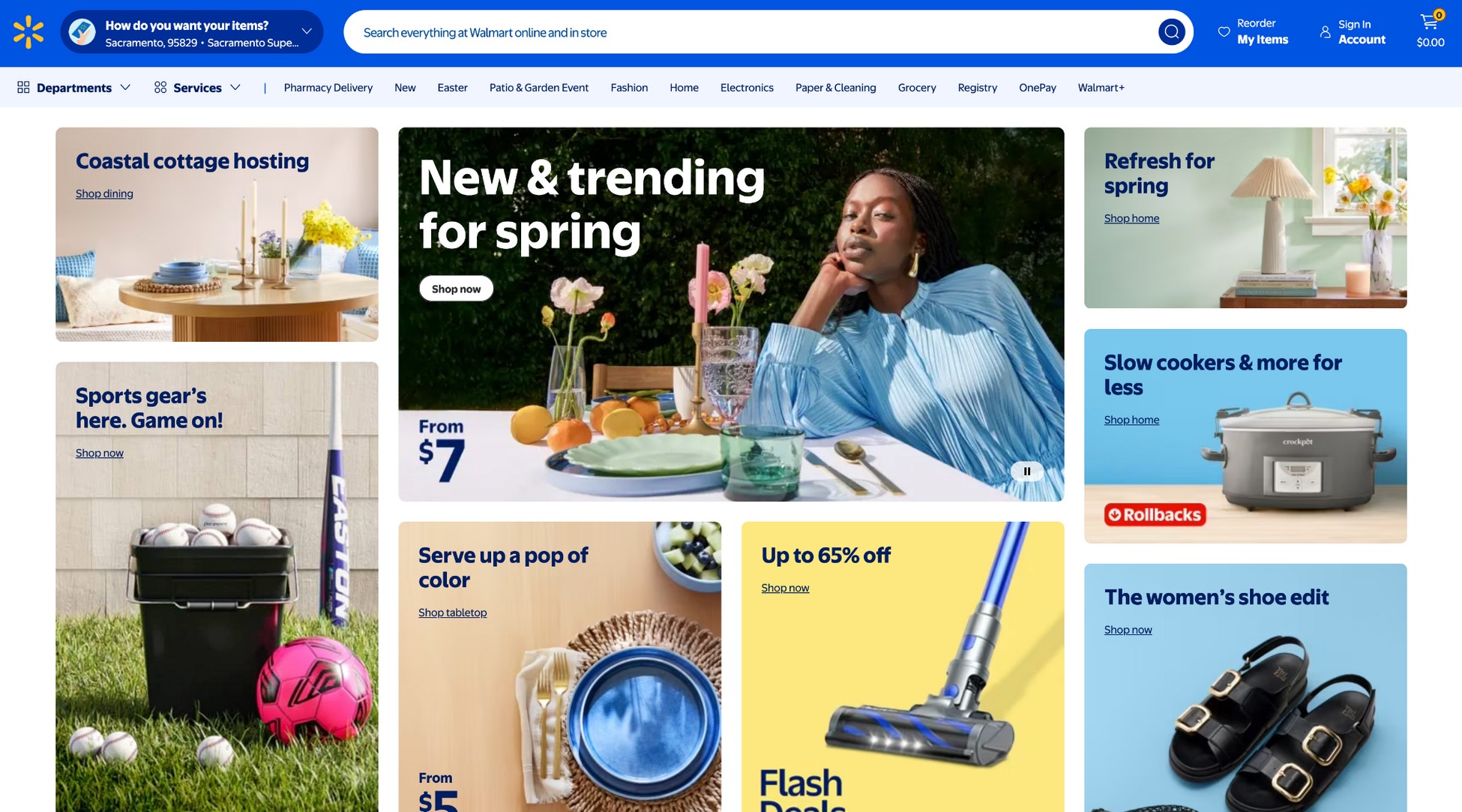
The result is a design that feels organized yet playful, structured yet creative.
Pro Tip: Keep consistent spacing, color harmony, and alignment between tiles. Each block should tell a mini-story while fitting into the bigger visual narrative.
Who can use this: eCommerce websites, SaaS platforms, and creative portfolios that want a modern, modular interface to display multiple offerings cleanly.
Pitfalls to avoid:
- Overcrowding tiles with text or product details.
- Forgetting mobile responsiveness, where tight spacing can break the layout.
Key takeaway: Modular layouts make complex pages feel organized and creative
9. Custom Illustrations and Visual Language
With AI-generated visuals everywhere, custom illustration website design has become a refreshing way for brands to look more human and authentic.
Illustrations bring warmth, personality, and emotion to modern websites, turning design into storytelling.
Sites like Therapy in London use soft, hand-drawn textures and organic shapes to create a sense of comfort and connection.
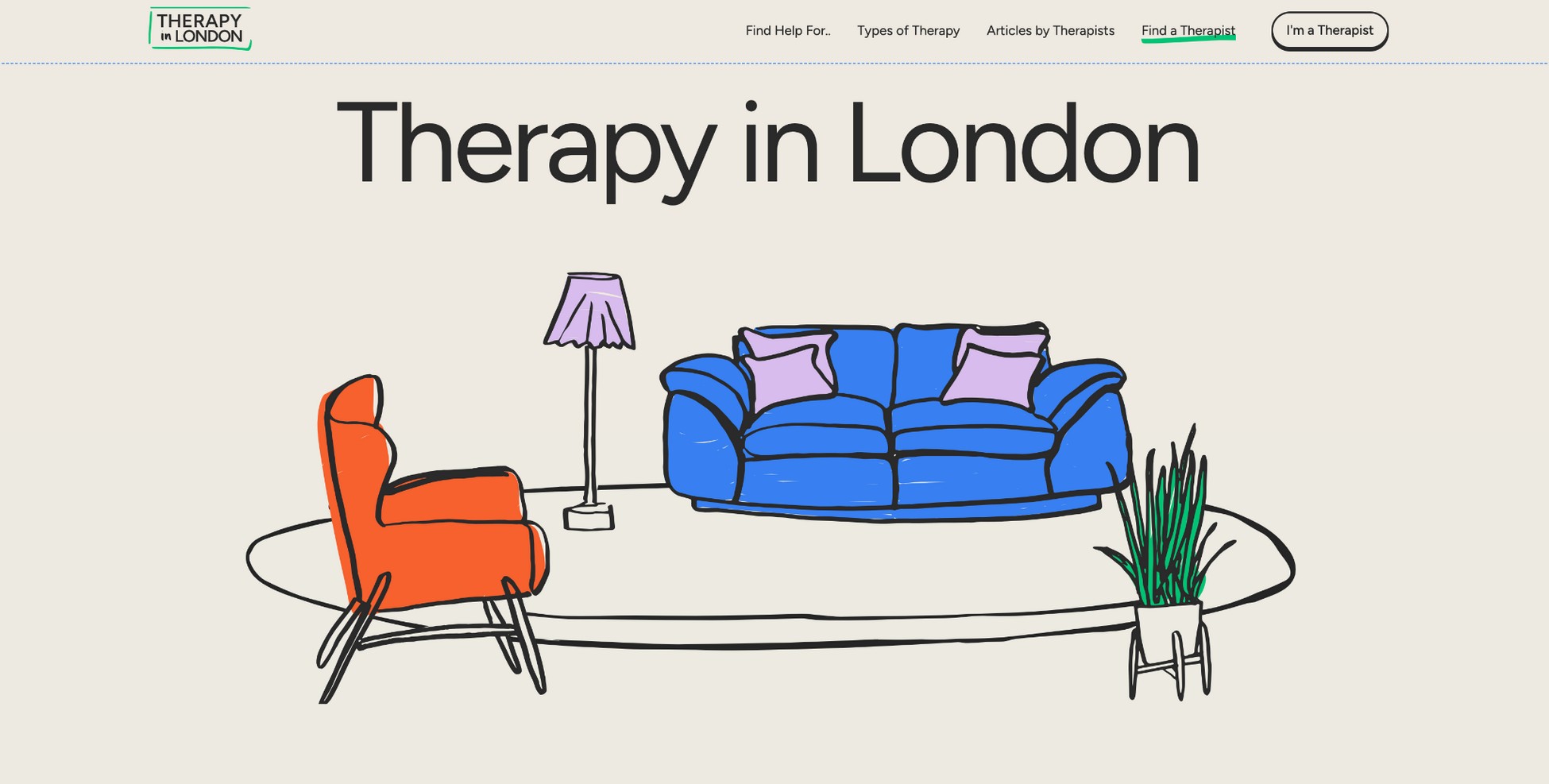
Who Cares turns learning into play with illustrated safari adventures, while Brand Studio animates its team as illustrated avatars, combining creativity, humor, and character.
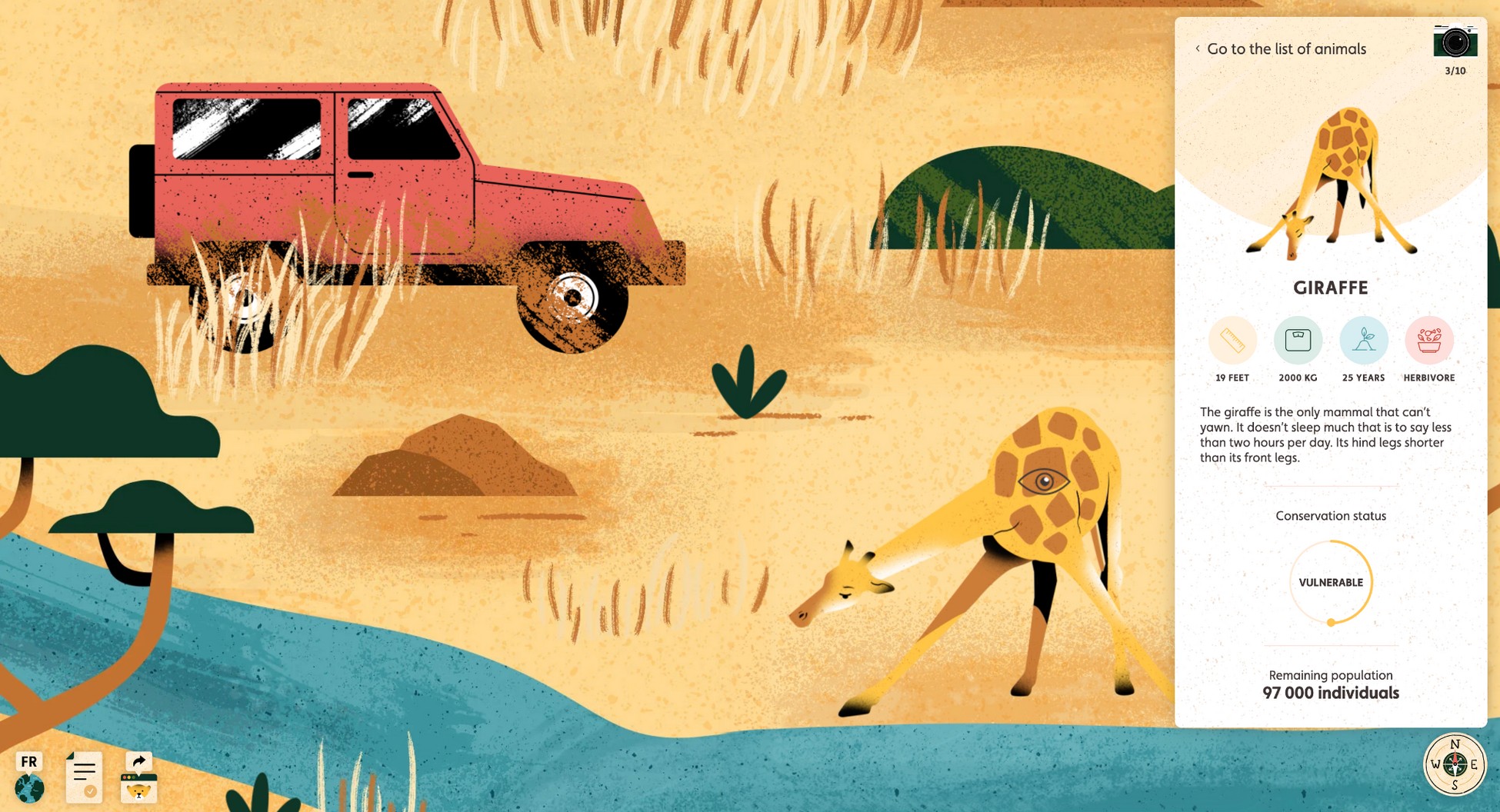
These visuals do more than decorate a page. They build a visual language that reflects your brand identity and values better than stock images ever could.
Each line, color, and texture becomes part of your story, helping visitors connect with your brand on a human level.
Pro Tip: Use illustrations to simplify complex ideas or highlight emotion. Keep them lightweight, consistent in style, and optimized for fast performance.
Who can use this: Creative agencies, educators, wellness brands, and startups that want to stand out with a warm, human-centered design approach.
Pitfalls to avoid:
- Overly detailed artwork that slows down loading speed.
- Mixing unrelated illustration styles that disrupt visual harmony.
Key takeaway: Human-drawn visuals make brands feel warm, unique, and relatable.
10. White Space and Minimalism in Modern Web Design
Minimalism in web design isn’t about leaving things blank, it’s about clarity and balance.
White space web design (often called negative space) gives your layout room to breathe, improves readability, and naturally guides the eye toward what matters most.

Think of Apple’s website. Every product image and headline gets its own stage, while generous spacing highlights elegance and precision.
Bear Creek Distillery takes a similar approach with bold typography and open layouts that communicate confidence and focus.
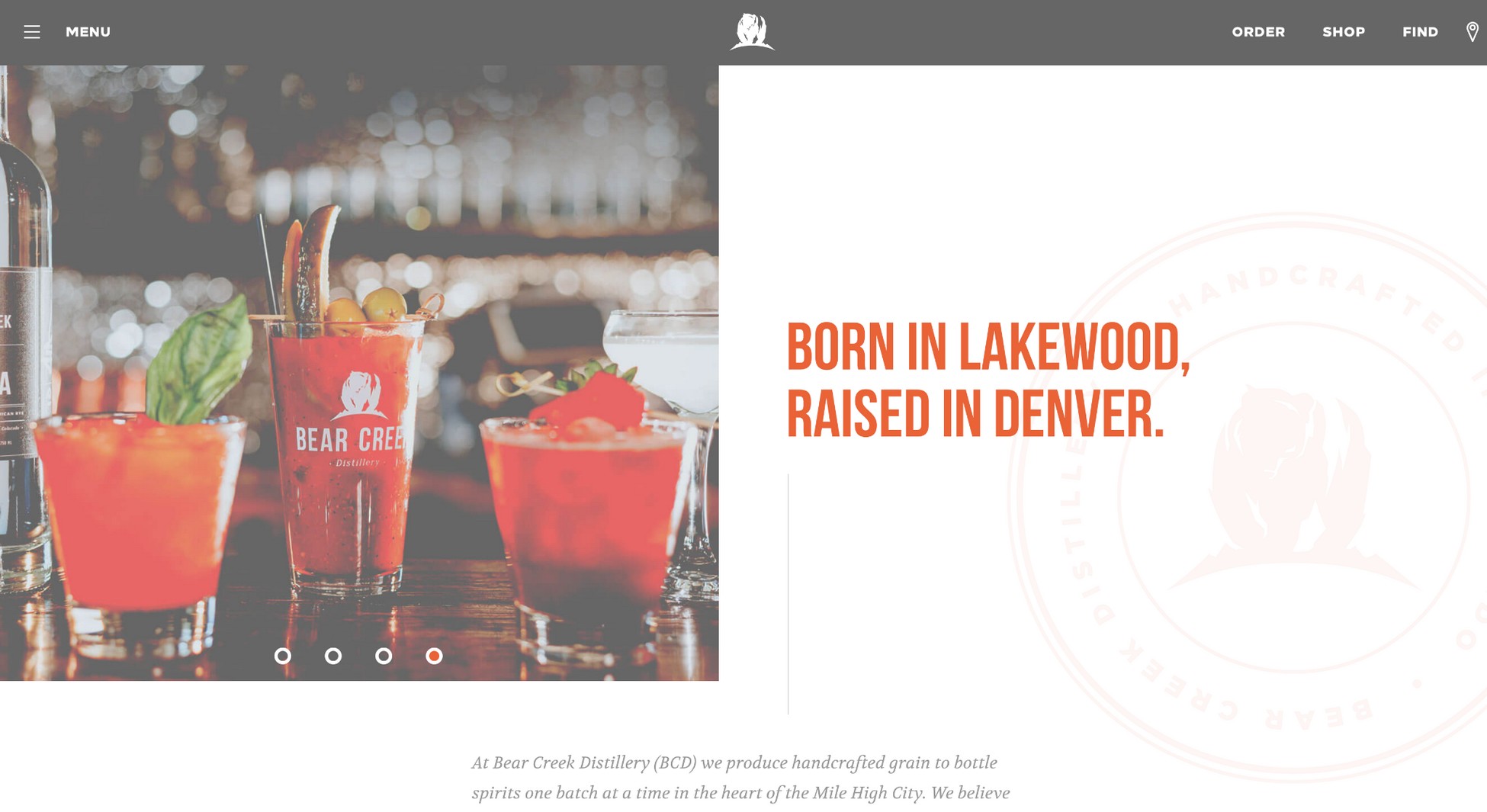
Clean, open layouts work perfectly with responsive and accessible web design because simple structures adjust easily to any screen or device. White space doesn’t mean less content, it means giving your content the spotlight it deserves.
Pro Tip: Use padding, margins, and spacing deliberately. Every section should feel intentional, never crowded.
Who can use this: Brands, agencies, and professionals who want premium, minimalist, and timeless website aesthetics.
Pitfalls to avoid:
- Taking minimalism too far, which can make pages look unfinished.
- Ignoring contrast or hierarchy, since white space works best alongside strong visuals and clear text.
Key takeaway: Simplicity guides focus and gives your content room to breathe.
These trends prove that even simple design, when done thoughtfully, can create an experience users remember.
Even with new trends emerging every year, certain design principles always work. Let’s explore the timeless habits that make great websites last.
Evergreen Web Design Principles That Never Go Out of Style
Trends change every year, but the core of good web design stays the same. Here’re the timeless principles that keep your site fast, clear, and human.
1. Clarity and whitespace: Whitespace gives your layout room to breathe and your visitors space to focus. Keep your design clean, use balanced spacing, and let typography guide the eye naturally.
2. Emotional connection and storytelling: Colors, visuals, and copy all shape how visitors connect with your brand identity. Ask yourself what emotion you want visitors to feel and design around that.
3. Brand consistency: Stick to the same fonts, colors, and layout patterns across every page to create a unified brand experience. Use a simple design system to keep your visuals cohesive and instantly recognizable.
4. Accessibility and performance: Optimize your images, test your site speed, and use clear navigation. Readable typography and high contrast improve accessibility and boost SEO. A fast, inclusive website performs better for everyone.
These aren’t passing trends, they’re habits that make websites timeless. Combine them with the latest design techniques to create a site that feels current year after year.
Be a Part of Web Design Trend with ZipWP
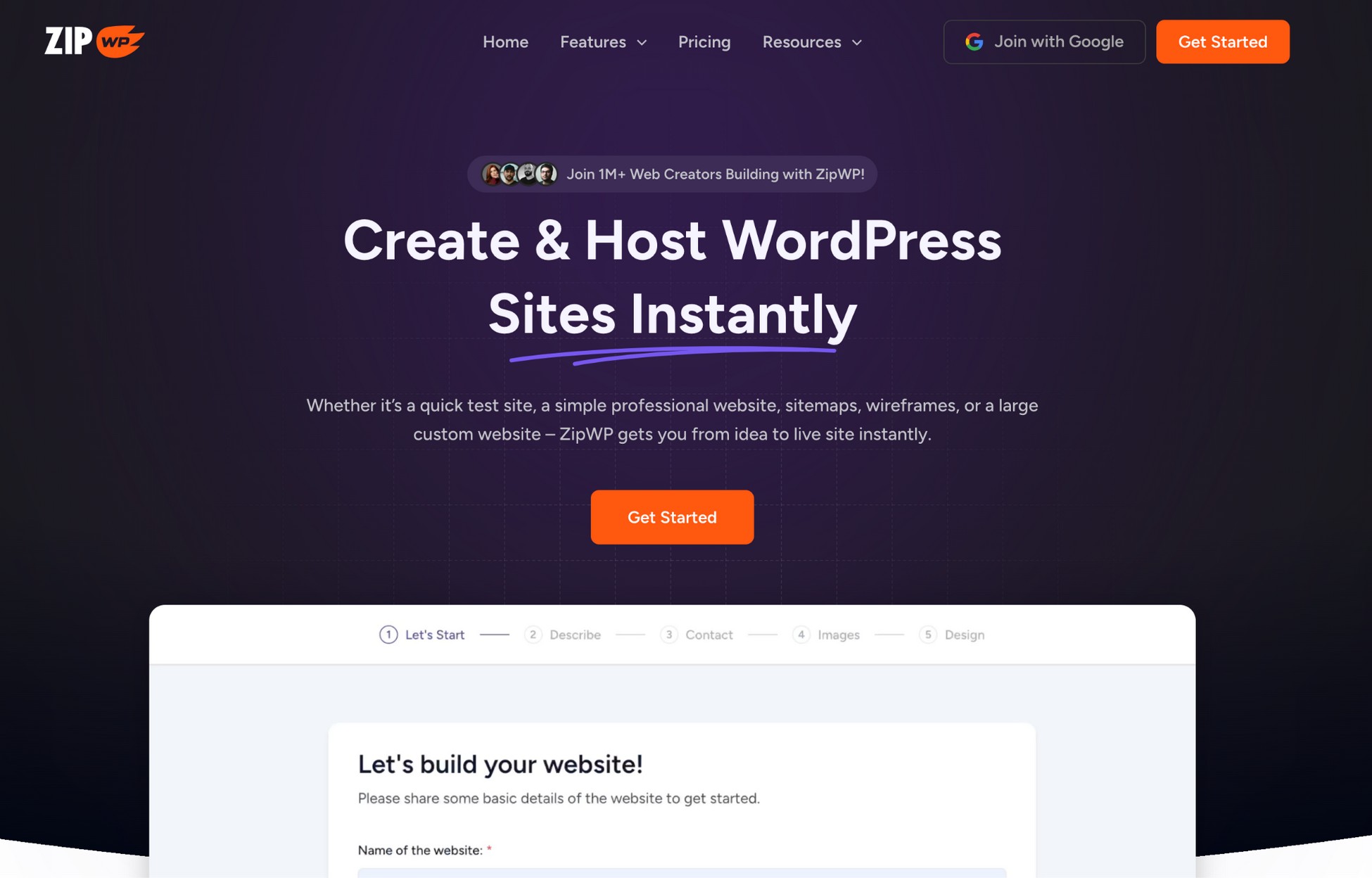
You don’t need to be a coder to design a modern, professional website anymore. With ZipWP, you can create beautiful WordPress sites instantly that follow every principle of great web design.
ZipWP uses powerful AI to build a complete website in minutes. Just describe what you do, and it generates a ready-to-launch site with smart layouts, images, and SEO-optimized content.
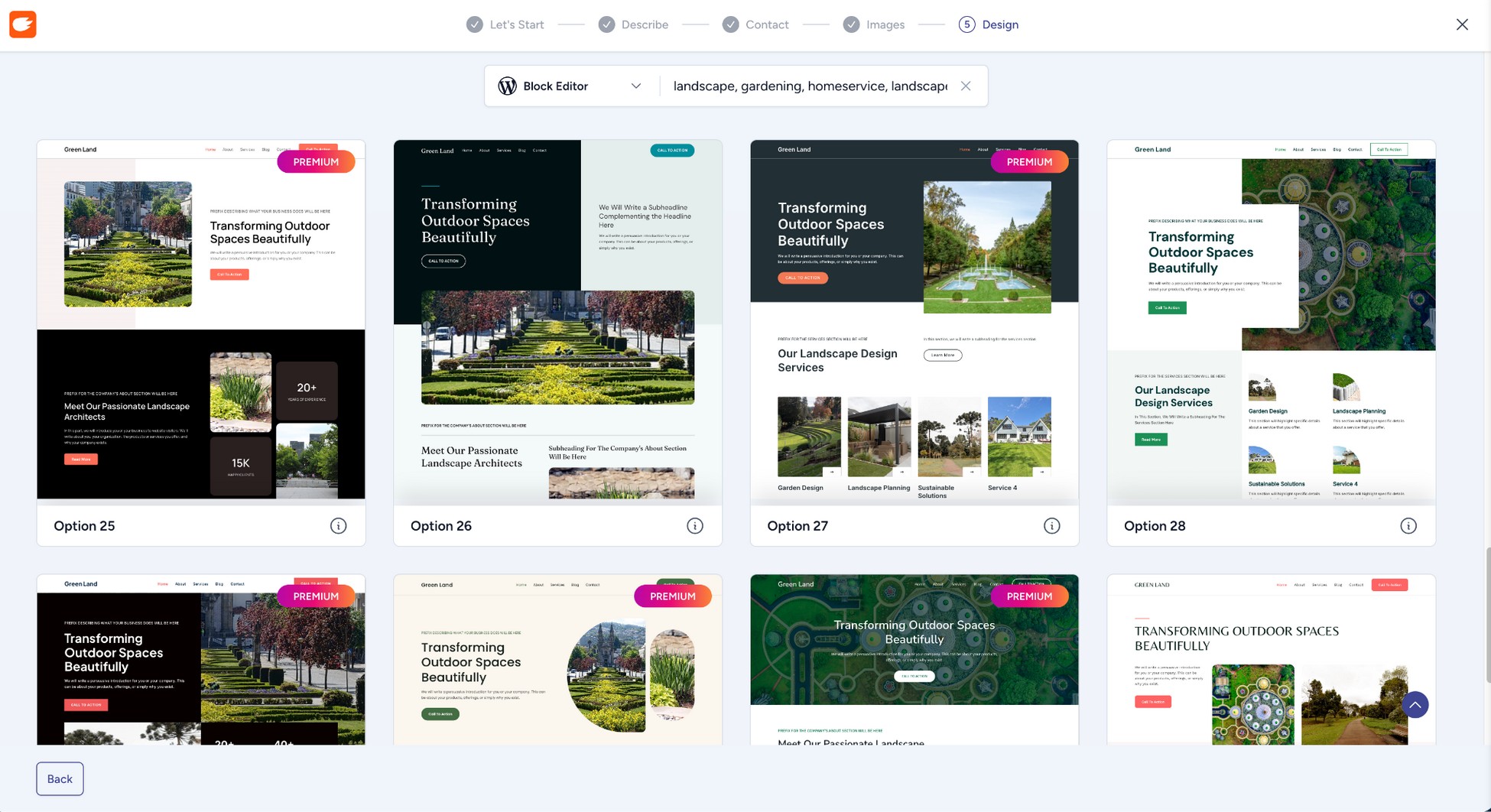
Once your site is live, you can customize it easily using drag-and-drop page builders like Spectra or Elementor.
These tools give you total creative freedom to adjust every part of your design. You can tweak typography, experiment with colors, add animations, or include interactive elements without writing a single line of code.
Whether you’re a designer, freelancer, or business owner, ZipWP helps you stay ahead of design trends while keeping your website fast, responsive, and easy to manage.
Want to see how ZipWP instantly builds a professional website packed with modern web design effects? Watch this video to see it in action.
Final Thoughts
From bold hero sections to minimalist white-space layouts, the best web design trends prove one thing, creativity works best when it serves clarity.
Whether you’re designing for clients or your own brand, focus on experiences that feel human, fast, and meaningful. Each trend, from scroll-triggered animations to custom illustrations, offers a way to make your site unforgettable when used with intention.
And with tools like ZipWP, you don’t need to start from scratch. Build WordPress sites that capture these modern trends instantly, then customize them using Spectra or Elementor to match your vision perfectly.
Your website deserves to look great and work brilliantly. Start experimenting today and see how beautiful, functional design can grow your brand in 2026 and beyond.
FAQs
Join 931,900 Subscribers
Disclosure: This blog may contain affiliate links. If you make a purchase through one of these links, we may receive a small commission. Rest assured that we only recommend products that we have personally used and believe will add value to our readers. Thanks for your support!
Recommended Articles
Empower Your Influence & Content With ZipWP Blueprints!
Let People Test Drive Your WordPress Products with ZipWP Blueprints!